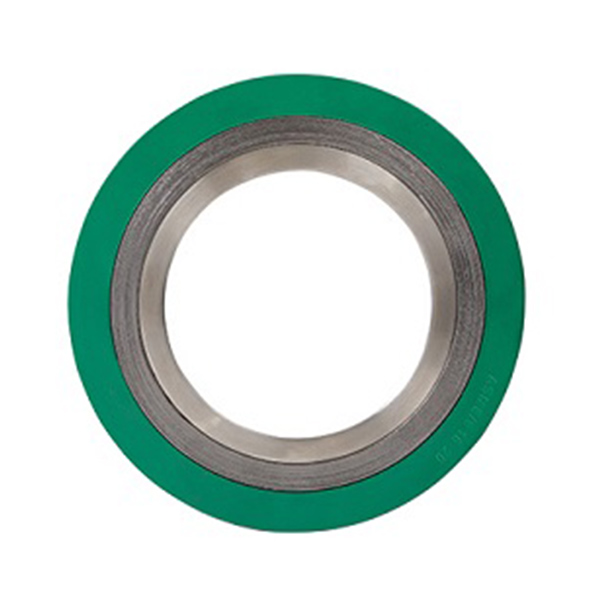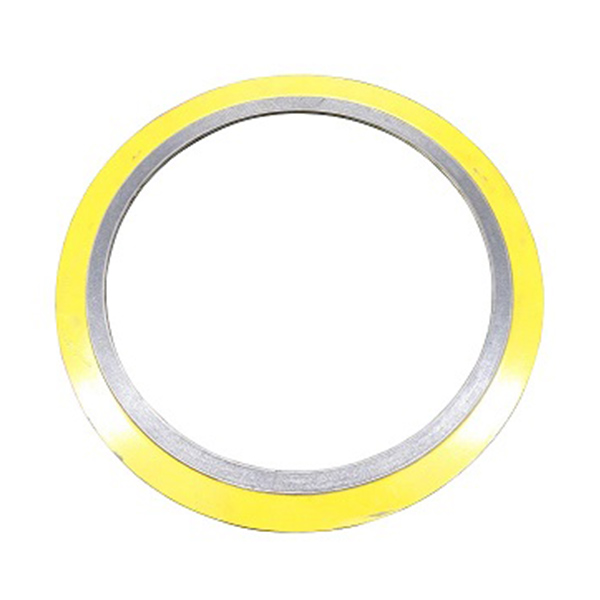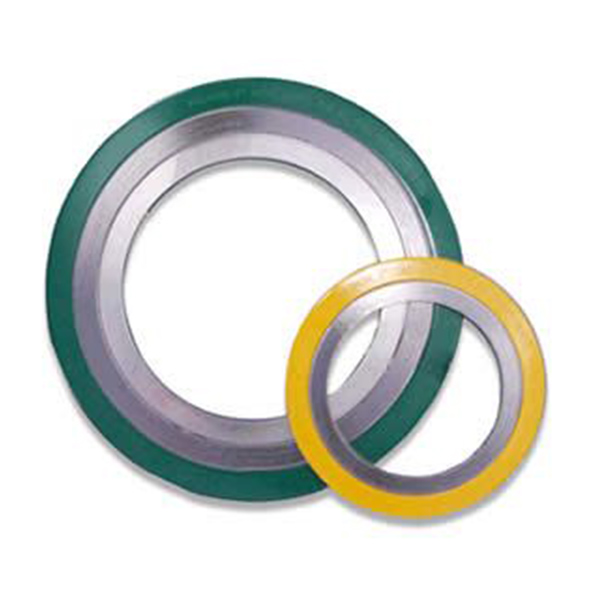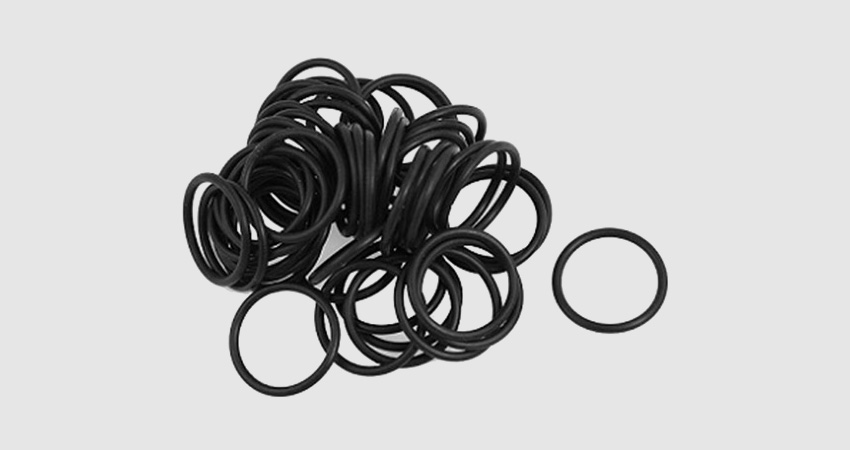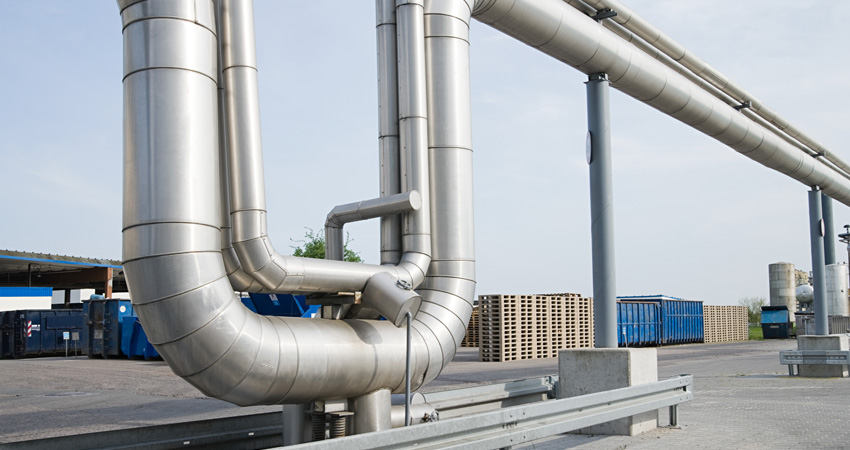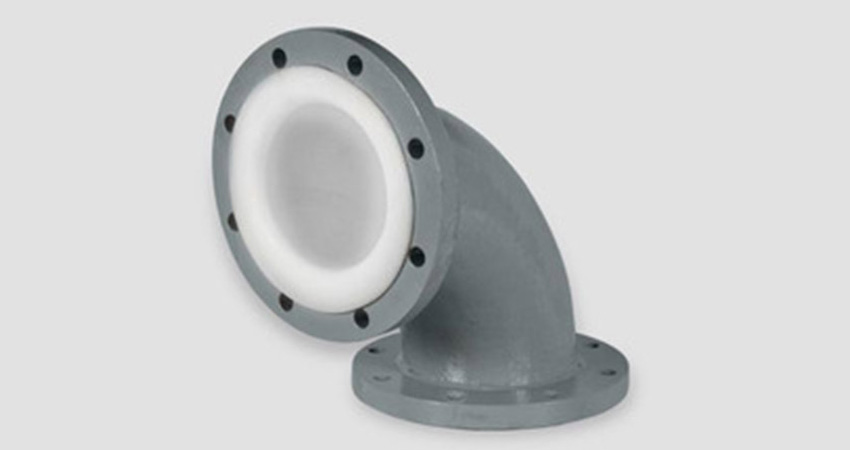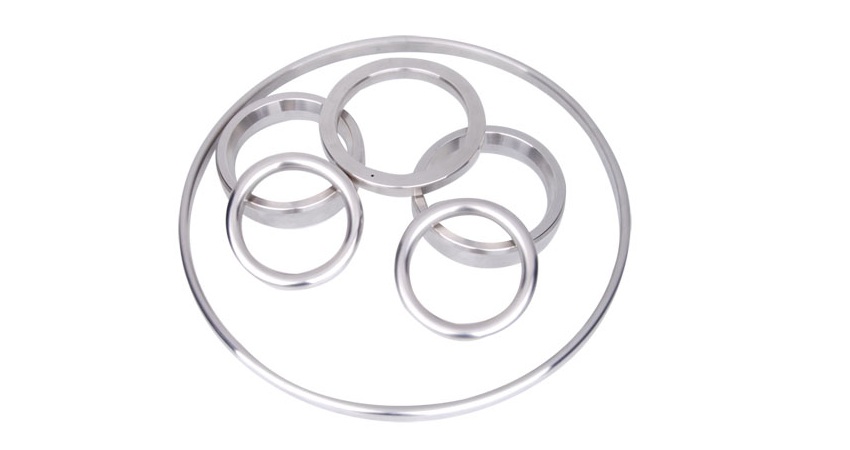Mineral Fiber Packing
What Is Mineral Fiber Packing?
Mineral fiber packing is a high-performance sealing material engineered for extreme temperature and pressure applications across various industries. Composed primarily of inorganic fibers, often derived from minerals like rock wool or ceramic-based materials, this type of packing offers exceptional resistance to heat, corrosion, and abrasion. It is commonly used in pumps, valves, and other equipment where traditional packing materials might fail under harsh conditions. The unique properties of mineral fiber packing make it an ideal choice for sealing in environments involving steam, hot gases, acids, and other aggressive media.
Key Features and Benefits
- High-Temperature Resistance: Withstands continuous operating temperatures up to 1000°C (1832°F), making it suitable for applications involving steam and hot gases.
- Chemical Inertness: Resists corrosion from acids, alkalis, and solvents, ensuring longevity in chemically aggressive environments.
- Low Thermal Conductivity: Provides excellent insulation, reducing heat transfer and protecting equipment components.
- Flexibility and Conformability: Easily adapts to irregular surfaces, ensuring a tight seal and minimizing leakage.
- Abrasion Resistance: Durable against wear and friction, extending service life in dynamic applications.
- Non-Combustible: Does not burn or contribute to fire, enhancing safety in high-temperature settings.
Technical Specifications
Below is a detailed table of standard mineral fiber packing parameters, based on industry standards and typical product offerings. These specifications may vary slightly depending on the manufacturer and specific product grade.
| Parameter | Value Range | Units | Notes |
|---|---|---|---|
| Temperature Range | Up to 1000 | °C | Continuous service; short-term peaks may be higher |
| Density | 1.8 - 2.2 | g/cm³ | Varies with fiber composition and braiding |
| pH Resistance | 2 - 12 | pH | Suitable for most acidic and alkaline environments |
| Tensile Strength | 10 - 20 | MPa | Depends on fiber type and reinforcement |
| Thermal Conductivity | 0.05 - 0.08 | W/m·K | At 20°C; provides good insulation |
| Compression Set | < 15 | % | After compression at rated temperature |
| Available Sizes | 3 - 25 | mm | Square or round cross-section; custom sizes available |
Applications of Mineral Fiber Packing
Mineral fiber packing is utilized in a wide range of industrial sectors due to its robust properties. Common applications include:
- Power Generation: Sealing in boilers, turbines, and steam valves where high temperatures and pressures are prevalent.
- Chemical Processing: Used in pumps and reactors handling corrosive chemicals, acids, and solvents.
- Oil and Gas: Ideal for refinery equipment, flare stacks, and pipeline valves exposed to harsh conditions.
- Metallurgy: Applied in furnaces, kilns, and metal processing equipment requiring heat resistance.
- Marine and Aerospace: Suitable for engine components and systems operating under extreme thermal cycles.
Installation Guidelines
Proper installation is crucial for optimal performance of mineral fiber packing. Follow these general steps, but always refer to the manufacturer's instructions for specific products:
- Clean the stuffing box thoroughly to remove old packing and debris.
- Measure and cut the packing rings to the correct size, ensuring joints are staggered.
- Lubricate the packing lightly if recommended (e.g., with graphite or compatible lubricant).
- Insert the rings one at a time, using a tamping tool to seat them properly without over-compressing.
- Adjust the gland follower evenly to achieve the desired compression, allowing for a break-in period.
- Monitor for leakage and retighten as necessary after initial operation.
Frequently Asked Questions (FAQ)
What is the maximum temperature mineral fiber packing can handle?
Mineral fiber packing can continuously withstand temperatures up to 1000°C (1832°F), with some grades capable of short-term exposure to higher temperatures. This makes it suitable for applications involving steam, exhaust gases, and high-heat industrial processes.
How does mineral fiber packing compare to asbestos-based packing?
Mineral fiber packing is a safe, non-toxic alternative to asbestos-based materials. It offers similar thermal and chemical resistance without the health risks associated with asbestos fibers. Modern mineral fiber packings are manufactured from inorganic materials like ceramic or rock wool, ensuring compliance with health and safety regulations.
Can mineral fiber packing be used in food processing applications?
While mineral fiber packing is chemically inert and resistant to many substances, it is not typically recommended for direct food contact unless specifically certified as food-grade. Always check with the manufacturer for certifications like FDA compliance if intended for use in food or pharmaceutical industries.
What types of fluids or gases are compatible with mineral fiber packing?
Mineral fiber packing is compatible with a wide range of media, including steam, hot oils, acids, alkalis, and many solvents. However, compatibility should be verified based on the specific chemical composition of the fluid or gas, as extreme pH levels or certain chemicals might require specialized grades.
How long does mineral fiber packing typically last in service?
Service life varies based on operating conditions such as temperature, pressure, speed, and media. Under optimal conditions, mineral fiber packing can last several months to years. Regular maintenance and proper installation significantly extend its lifespan.
Is mineral fiber packing reusable or repairable?
Mineral fiber packing is generally not reusable once removed, as it may have compressed or degraded during service. However, if the packing is in good condition and尚未 fully compressed, it might be retightened, but replacement is often recommended for critical applications to ensure reliability.
What are the common sizes available for mineral fiber packing?
Standard sizes range from 3 mm to 25 mm in square or round cross-sections, with custom sizes available upon request. It is essential to select the correct size based on the stuffing box dimensions to achieve an effective seal.
Does mineral fiber packing require any special handling or storage?
Store mineral fiber packing in a cool, dry place away from direct sunlight and moisture to prevent degradation. Handle with clean gloves to avoid contamination, and avoid bending or kinking the material to maintain its integrity.
Can mineral fiber packing be used in high-speed rotating equipment?
Yes, it is suitable for high-speed applications due to its abrasion resistance and stability. However, ensure proper lubrication and follow manufacturer guidelines for speed limits to prevent excessive wear or failure.
How do I choose the right grade of mineral fiber packing for my application?
Consider factors such as temperature, pressure, media compatibility, and equipment type. Consult with the manufacturer or refer to technical datasheets to select a grade that matches your specific requirements, and consider conducting tests if uncertain.
- View as

Glass Fiber Packing with Graphite Impregnation

Glass Fiber Packing

Ceramic Fiber Packing with Graphite Impregnation

Ceramic Fiber Packing

Asbestos Packing with PTFE Impregnation



